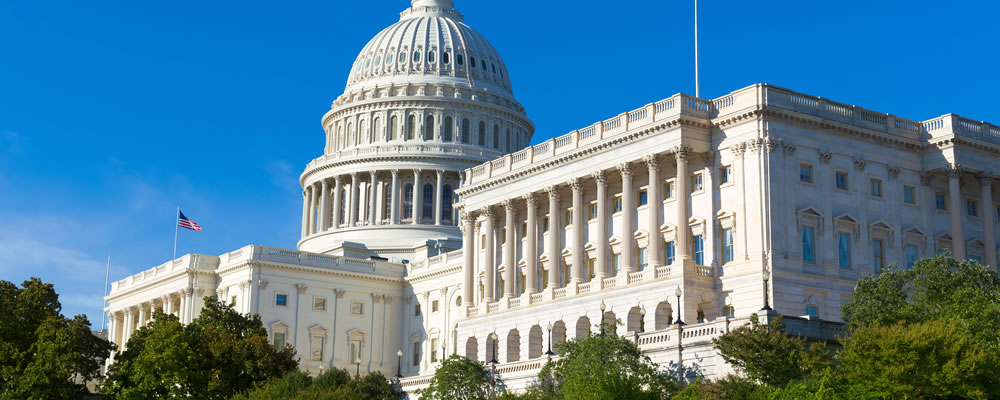Euro to US Dollar Exchange Rate Fluctuates as US-China Trade Jitters Worsen
While the Euro to US Dollar (EUR/USD) exchange rate has slipped so far this week due to underwhelming Eurozone ecostats, the pair could recover if the US Dollar (USD) continues to be weakened by trade fears.
Last week saw EUR/USD slip slightly, from the level if 1.2358 to 1.2324. Since Monday, EUR/USD has touched on a fortnight low of 1.2259, but the pair attempted to recover on Wednesday.
The US Dollar became unappealing during Wednesday’s European session, as China announced a fresh set of tariffs on imports of US goods.
These tariffs were much stronger than the previous set and surprised markets. It left analysts concerned that if the US and China continued to ramp up retaliations, a ‘trade war’ was still possible.
EUR/USD strength was mixed though, due to remaining hopes that neither side really wanted a ‘trade war’ at all. According to Julian Evans-Pritchard from Capital Economics;
‘It’s more of a game of brinkmanship, making it clear what the cost would be, in the hopes that both sides can come to agreement and none of these tariffs will come into force.’
Euro (EUR) Exchange Rates Struggle to Advance as Eurozone Inflation Remains Low
The Euro (EUR) was unable to capitalise on the US Dollar’s Wednesday weakness, as the latest Eurozone Consumer Price Index (CPI) projections simply met expectations and didn’t give investors any new reasons to buy the shared currency.
Eurozone inflation was forecast to rise from 1.1% to 1.4% year-on-year, and the projection came in at 1.4%. The core inflation rate is projected to have remained at 1.0% year-on-year.
Analysts perceived the uptick in overall inflation to support the likelihood that the European Central Bank (ECB) would continue to unwind its aggressive quantitative easing (QE) program this year.
However, as the data met expectations it did little for investors hoping for the bank to take a more hawkish stance on monetary policies like interest rates any time soon either.
The data followed Tuesday’s disappointing Eurozone ecostats. German retail sales fell short of forecasts in February and contracted month-on-month, while Markit’s Eurozone manufacturing PMIs printed close to projections.
US Dollar (USD) Exchange Rates Remain Unappealing on Mixed Trade Outlooks
The US Dollar has seen some brief boosts in demand this week, amid hopes that the US and China would be able to talk through trade issues and avoid a ‘trade war’.
Other investors remain concerned that a trade war is still possible however, which has left US Dollar trade fluctuating.
Mixed US data has failed to give the US Dollar much sustained support this week either. Monday saw the publication of ISM’s US manufacturing PMI for March, which fell short of the forecast 60 but still printed at a strong 59.3.
Markit’s manufacturing print improved from 55.3 to 55.6 in March.
Euro to US Dollar (EUR/USD) Forecast: US Non-Farm Payroll Report in Focus
In terms of Eurozone and US data, the biggest publication still due this week will be the US Non-Farm Payroll report from March, which will be published during Friday’s American session.
As the Non-Farm Payroll report is typically influential to the Federal Reserve outlook, the news could affect Fed interest rate hike bets. US wage growth will be among the most vital prints this week.
Other notable data due in the coming days includes the Eurozone final services and composite PMIs from March, and February retail sales stats from the bloc on Thursday.
US trade balance data from February will also be published on Thursday.
However, unless US Non-Farm Payroll data surprises or proves influential, the US Dollar is more likely to react to US trade stance developments in the coming days.
US Dollar investors are still highly anxious about the possibility of a ‘trade war’ erupting if the US and China continue to ramp up trade tariffs against one another.
Overall, the Euro to US Dollar (EUR/USD) exchange rate is likely to be driven by US trade news and Non-Farm Payroll stats for the remainder of the week and could recover if US Dollar investors become concerned.



